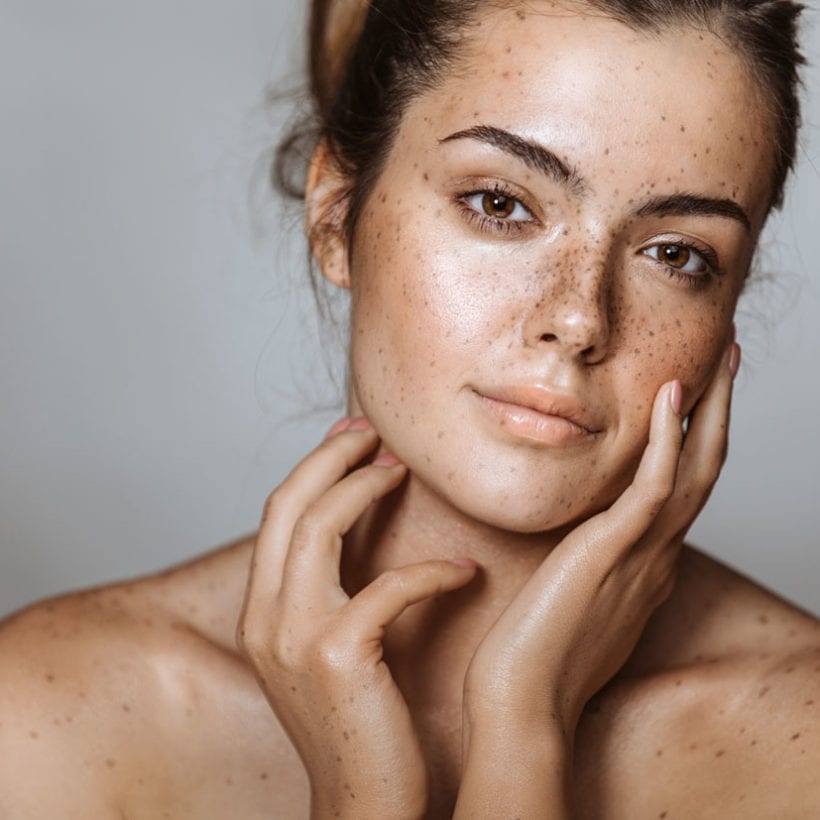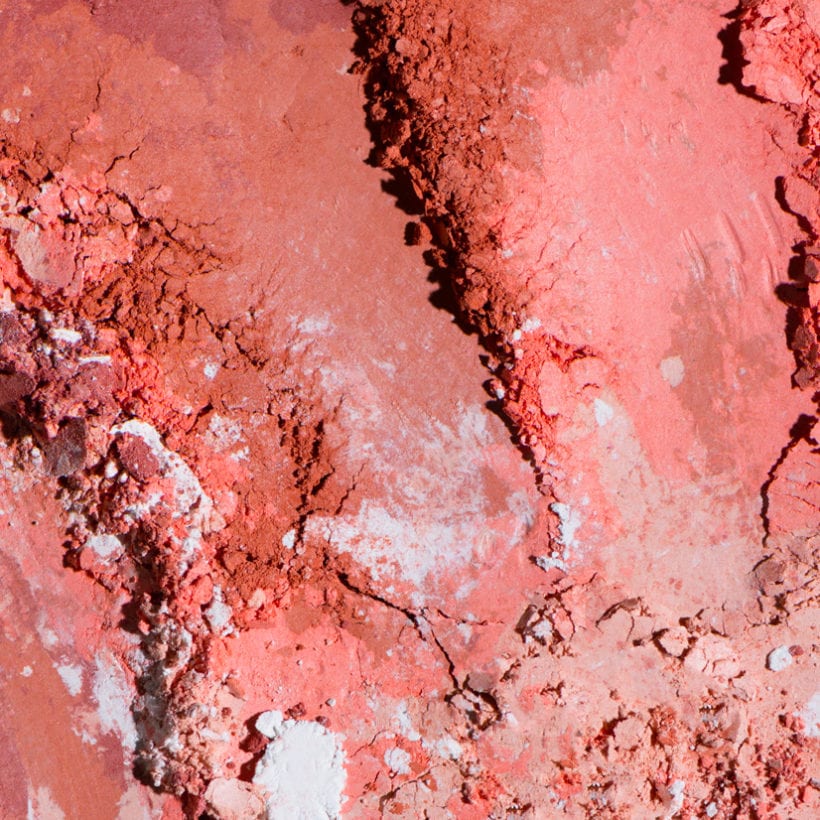Two years ago, Michelle Connelly, director of merchandising and planning at Credo Beauty, a clean beauty store, went looking for CBD-infused products and was met with a complete void. There was nothing out there that measured up to the retailer’s standards or aesthetic.
To fill the gap in the market, she and the two others who make up the beauty buying team at Credo went looking for brands. And they struck a dialogue with their existing brands, too. “We work really closely with them, so when they ask, ‘What should we develop next? We have an answer,” she says. Now, CBD is everywhere — it is infused in everything, from oils to skincare to makeup.
Miranda Priestly in “The Devil Wears Prada” said it best: “You think that you’ve made a choice that exempts you from the fashion industry when, in fact, you’re wearing the sweater that was selected for you by the people in this room from a pile of stuff.”
The same is true in beauty.
Beauty buyers not only search for products that consumers are demanding but also stay ahead of trends. But where do they even begin? Connelly, who has been in the business for nine years, says the discovery process is pretty much the same for all buyers across the board.
“Every buyer in the industry loves beauty and is reading on their own free time, reading articles, looking on social media, and talking to people about what products they’re using,” she says. “We do go to a few trade shows, like [Indie Beauty Expo], CosmoProf and FounderMade, and we also have a submissions box where people can submit their brand.”
The list of shows goes on: Beautycon and the Tax Free World Association in Cannes. There are also websites, like Volition, that encourage consumers to submit their own beauty ideas for products they can’t find anywhere else.
But often, it comes back to the buyers, who are just as much beauty junkies as they are beauty hunters.
“At Bluemercury, we invest in brands that we believe will stand the test of time and develop into major players in the industry,” says Emma Dee, senior director of merchandising at Bluemercury, who has been at the company for nearly three years after a decade at L’Oreal. “Bluemercury is growing fast — we are developing existing categories like color and skincare, and redefining new ones like wellness and hair tools. With that, we are lucky enough to have interest from many brands and receive hundreds of submissions a week.”
In addition to these submissions, Dee says she particularly loves discovering new brands using hashtags on Instagram like #makeup, #beautyjunkie, #beautylover, #cleanbeauty and #glowingskin, naming Ellis Brooklyn, a line of clean fragrances that the team found through social media using #cleanfragrance, as one such example. “These hashtags sometimes result in brand discovery, but most importantly, they inspire trends and conversation,” she says. “You can really tell what customers are reacting to and are excited about.”
And for some of these labels, their journey begins with Credo. Not only are they vetted to make sure they comply with the retailer’s clean beauty guidelines, but that also every facet of their company is ethical, sustainable and lives up to their marketing claims.

“When we launch a brand, we want to make sure it’s going to be successful in every way — the first thing we’re looking for is the point of difference. If the founder can’t articulate why their brand is different, our customers aren’t going to understand either,” says Connelly. “It’s not just about us being super strict about all the things you need to be a brand at Credo, but it also helps these new founders figure out what it takes to be in the space. It’s gone a lot further than just, ‘Here’s a beautiful product.’”
In the last year, Credo has implemented a more rigorous internal process with the rollout of its clean beauty standards, which Connelly says will differentiate them from other beauty businesses (like with beauty products, beauty retailers are often different, finding their own niche) — a necessary move as an increasing number of companies are looking to get in on the clean beauty movement. Net-a-Porter, for one, is celebrated for its highly curated beauty edit in addition to the luxury fashion brands that it carries. And ever since the high-end e-retailer unveiled its clean beauty category — which is described as brands that take a natural, botanical approach — at the end of 2017, it has grown by more than 400 percent.
“Our clean beauty offering, which includes brands that use natural and organic ingredients, is continuously growing at a rapid pace,” Newby Hands, global beauty director at Net-a-Porter, said in a recent interview with PopSugar. “Our team is always out in the market scouting new beauty finds. Social media also acts as a powerful tool for discovery and sometimes brands do approach us directly. Our team will review every product before deciding on whether to introduce the brand on-site. It can take two to three months from discovering something new to the products launching on site.”
Similarly, Bluemercury is growing on the wellness front with aims to launch its Conscious Beauty platform at the end of this month, featuring content and new brands. Alongside emerging labels, Bluemercury stocks long-time consumer favorites, newer luxury brands, technical brands and clean brands.
“Walking into a Bluemercury, our customers are typically looking for an answer to an immediate question; our beauty experts are known for their knowledge and tailored approach to each client,” Dee says. “As this relates to product selection, we promise to provide a curation of the industry’s top brands across both skincare and color.”
It is this delicate balance that buyers must keep in mind: delivering products consumers are seeking out and introducing ingredients they don’t know they want yet. Connelly says CBD continues to be very much in demand, along with effective nature-derived alternatives to ingredients and natural color products.
“Buyers are always looking to find the brand that’s going to be the next cool thing,” Connelly says. “There’s so much out there, and we’re seeing so much innovation from indie brands. It’s exciting. And perhaps it gives us more motivation to keep looking.”







